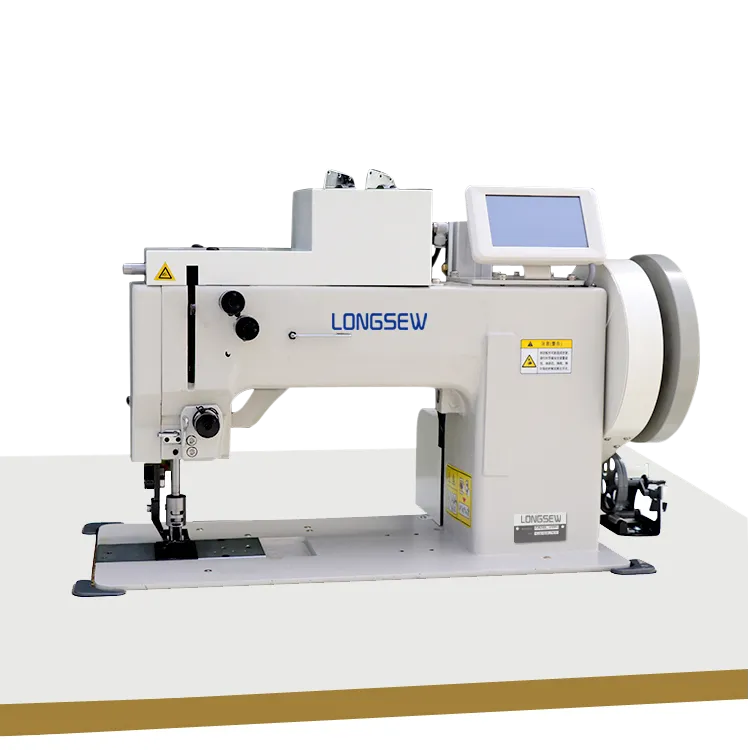Automatic Tailoring Machine for Efficient and Precise Garment Production
The Evolution of Automatic Tailor Machines
In today's fast-paced world, the clothing industry relies heavily on technology to keep up with demand and ensure efficiency. One of the most significant advancements in this realm is the development of automatic tailor machines. These machines have revolutionized the way garments are produced, combining precision and speed to deliver high-quality clothing in record time.
The traditional tailoring process often required skilled artisans to meticulously stitch fabric by hand, which was not only time-consuming but also limited in scalability. As fashion trends evolved and consumer demand surged, the need for a more efficient solution became evident. Enter the automatic tailor machine - a sophisticated innovation designed to address these challenges.
The Evolution of Automatic Tailor Machines
One of the key advantages of automatic tailor machines is their ability to customize garments swiftly. With the rise of fast fashion, consumers increasingly demand personalized clothing options. Automatic tailor machines can quickly adapt to different sizes, styles, and patterns, enabling manufacturers to meet diverse consumer preferences without compromising on quality. This flexibility has made it possible for brands to offer a wider range of products while maintaining cost-effectiveness.
tailor machine automatic

Moreover, the integration of AI into automatic tailor machines has further enhanced their capabilities. Machine learning algorithms can analyze trends and consumer data to predict popular styles and sizes, allowing manufacturers to optimize their production lines accordingly. This data-driven approach not only streamlines the production process but also ensures that inventory levels align more closely with market demand, reducing waste and excess inventory.
Despite the many benefits, the rise of automatic tailor machines does raise questions about the future of skilled labor in the tailoring industry. As automation continues to increase, there is concern that traditional craftsmanship may be lost. However, it is essential to recognize that instead of replacing skilled artisans, these machines can complement their work. Many factories are finding that the combination of human skill and machine efficiency leads to superior results. Skilled workers can focus on intricate designs and quality control, while automatic machines handle the more repetitive tasks.
Furthermore, the environmental impact of automatic tailor machines is a crucial consideration. With a growing awareness of sustainable practices in the fashion industry, these machines can contribute to eco-friendly production methods. They can reduce fabric waste by maximizing the use of materials and minimizing errors associated with manual sewing. As the industry moves towards more sustainable practices, the role of automatic tailor machines will likely expand, driving innovation in eco-friendly fashion.
In conclusion, automatic tailor machines represent a significant leap forward in the fashion industry, marrying technology with creativity to enhance production efficiency, customization, and sustainability. While they may alter the landscape of skilled labor, they also offer opportunities for collaboration between machines and artisans. As the industry continues to evolve, it is evident that automatic tailor machines will play a pivotal role in shaping the future of garment production, ensuring that it remains responsive to consumer needs while promoting sustainability and quality craftsmanship.
-
Industrial Cylinder Arm Sewing Machine: Revolutionizing Heavy-Duty SewingNewsJul.28,2025
-
Cylinder Arm Sewing Machine: Perfect for Special Sewing ApplicationsNewsJul.28,2025
-
Cylinder Bed Sewing Machine: Essential for Sewing Complex MaterialsNewsJul.28,2025
-
Heavy Duty Sewing Machine: The Essential Tool for Industrial ApplicationsNewsJul.28,2025
-
Computerized Pattern Sewing Machine: Revolutionizing Precision StitchingNewsJul.28,2025
-
Heavy Duty Industrial Sewing Machine: Power Meets PrecisionNewsJul.28,2025
-
Leather Sewing Machine: The Industrial Standard for Tough MaterialsNewsJul.18,2025





























